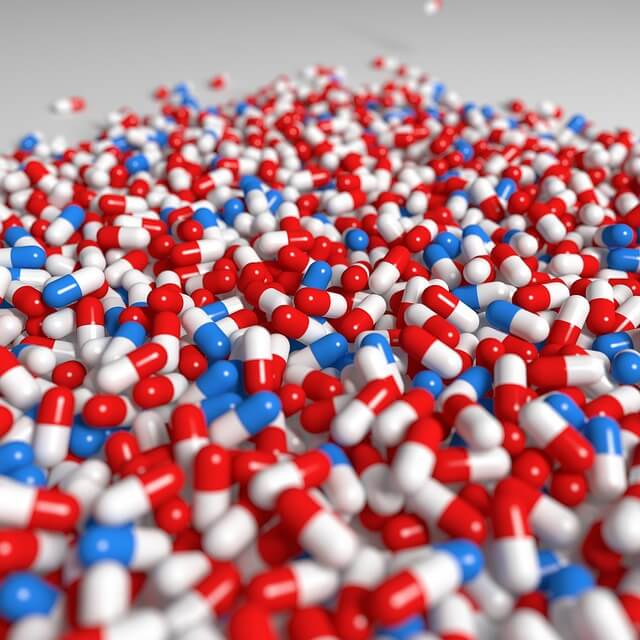Proton pump inhibitors (PPI) are often self-prescribed by the patients and since PPIs are available over-the-counter, patients can have free access to them and for long periods of time, without seeking medical attention. Although guidelines for OTC use suggest a short course (2 week treatment) of PPIs in patients with typical…
Tag: Internal medicine

Modified Centor Criteria for Likelihood of Bacterial Infection In Sore throat
Centor Criteria Mnemonic: CENTOr 1. Cough absent or Can’t cough = +1 2. Exudates or Enlarged tonsils = +1 3. Nodes (Swollen tender anterior cervical lymph nodes) = +1 4. Temeperature >100.4 F = +1 5. Or: <15 years = +1 15-44 years = 0 ≥45 years = -1 Scoring

Upper GI Bleed (UGI Bleed) Scoring : Mnemonics
Blatchford Score Blatchford score is recommended by NICE for 1st assessment. Admission risk marker Score component value Blood Urea (mg/dL) 18.2-22.4 2 22.4-28 3 28-70 4 >70 6 Haemoglobin (g/L) for men 12.0-12.9 1 10.0-11.9 3 10.0 6 Haemoglobin (g/L) for women 10.0-11.9 1 10.0 6 Systolic blood pressure (mm…
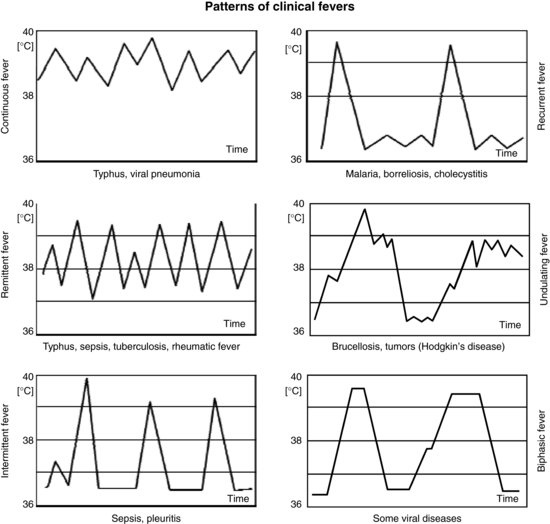
Fever : Definition, Mechanism and Types
Definition of Fever Studies have found that the maximum normal oral temperature is 37.2ºC (98.9ºF) at 6 A.M. and 37.7ºC (99.9ºF) at 4 P.M.; these values define the 99th percentile for healthy individuals. Hence, an A.M. temperature of >37.2ºC (>98.9ºF ) or a P.M. temperature of >37.7ºC (>99.9ºF) would define…
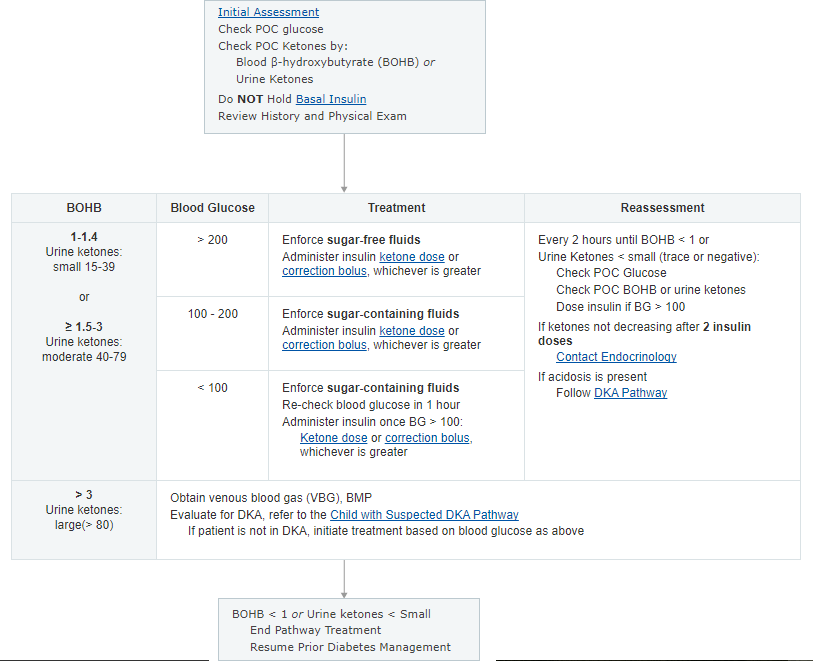
Diabetic Ketosis without Acidosis
Ketosis and Ketonuria Ketosis and Ketonuria may occur whenever increased amounts of fat are metabolized, carbohydrate intake is restricted, or the diet rich in fats (either “hidden” or obvious). This state can occur in the following situations: a. Metabolic conditions: Diabetes mellitus Renal glycosuria Glycogen storage disease (von Gierke’s disease)…
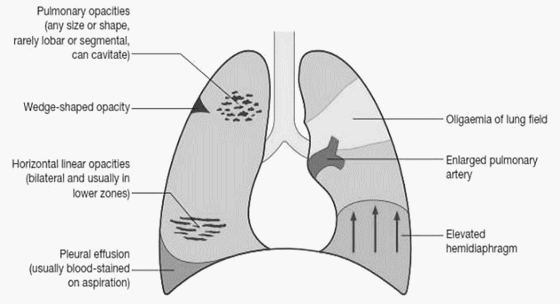
Pulmonary Embolism : Chest X-ray Signs
1. Classic presentation is normal X-ray in patient with dyspnea and hypoxia 2. Atelectasis or parenchymal abnormality (68%) 3. Elevated hemidiaphragm 4. Pleural effusion (Felson’s sign – pleural effusion on left > right) 5. Hampton’s hump: peripheral pleural based wedge-shaped density above the diaphragm due to pulmonary infarct 6. Westermark’s…
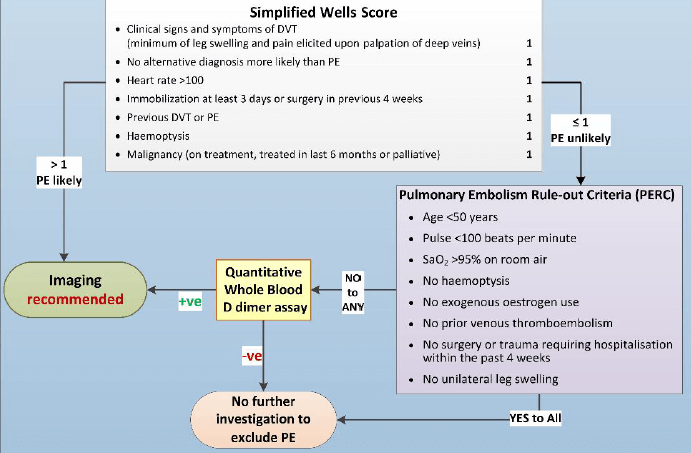
Well’s and PERC Criteria for Pulmonary Embolism : Mnemonic
Well’s Criteria (Modified and Simplified) Mnemonic: CHADS (Remember, this is not the CHADS2 score for Atrial Fibrillation) Clinical features of DVT Cancer Heart rate > 100/min Hemoptysis Alternative diagnosis less likely DVT/PE in past Surgery in past 4 weeks or Immobilization for 3 days Well’s criteria Original score Simplified score…
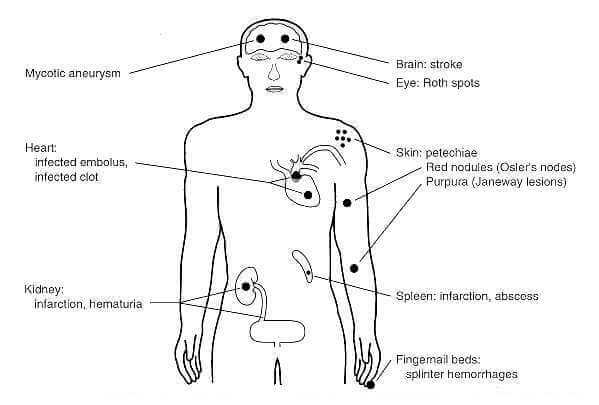
Modified Duke’s Criteria for Infective Endocarditis : Mnemonic
Bacterial Endocarditis FIVE PM, i.e. BE FIVE PM Blood culture positive for IE Endocardial involvement Fever Immunologic phenomena Vascular phenomena Echocardioraphy minor criteria (eliminated) Predisposition Microbiologic evidence Definite Diagnosis from Clinical Criteria: 2 (major) + 0 (minor) or 1 (major) + 3 (minor) or 0 (major) + 5 (minor) Look:…
